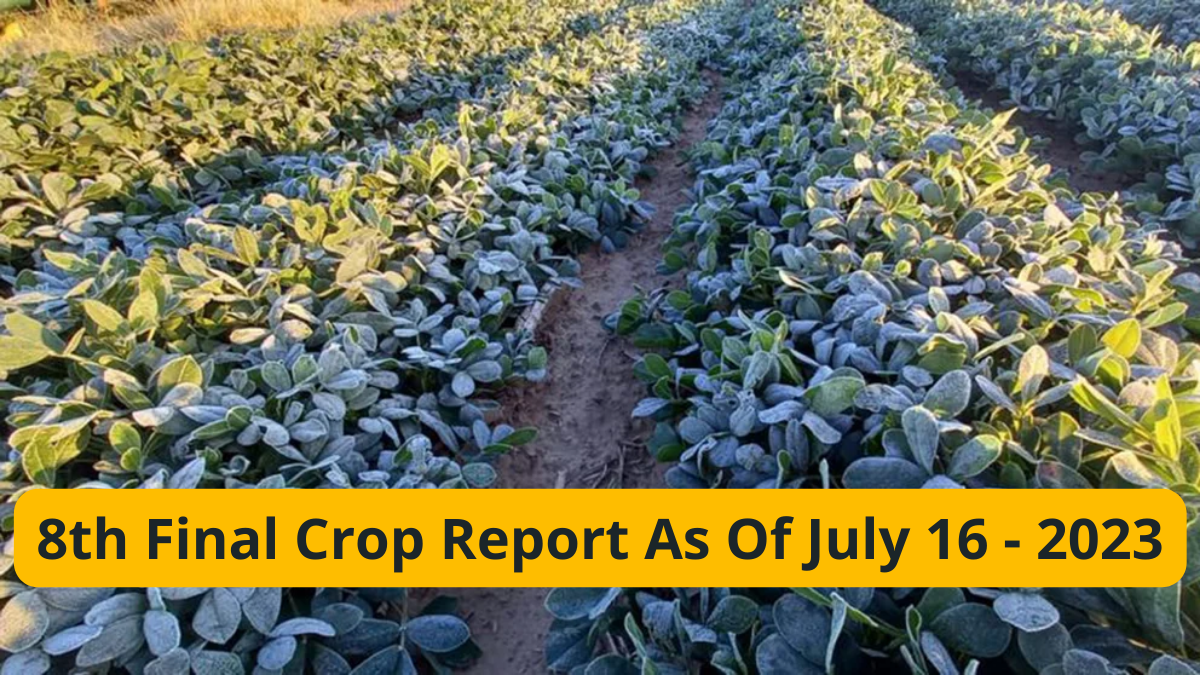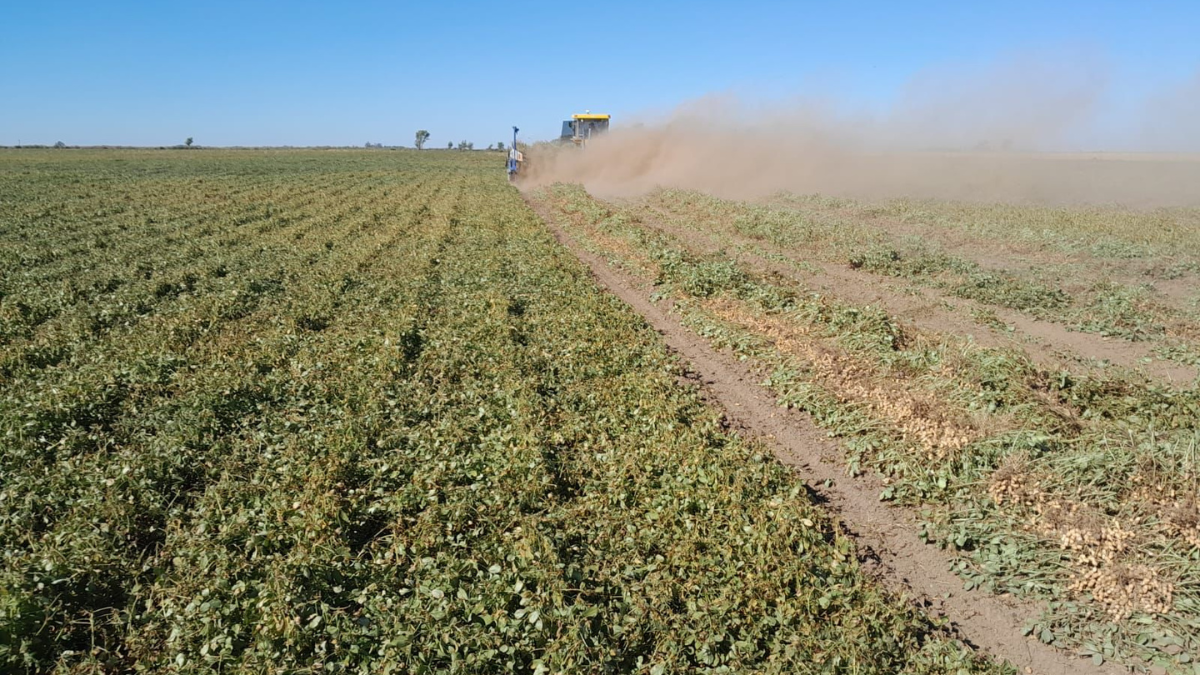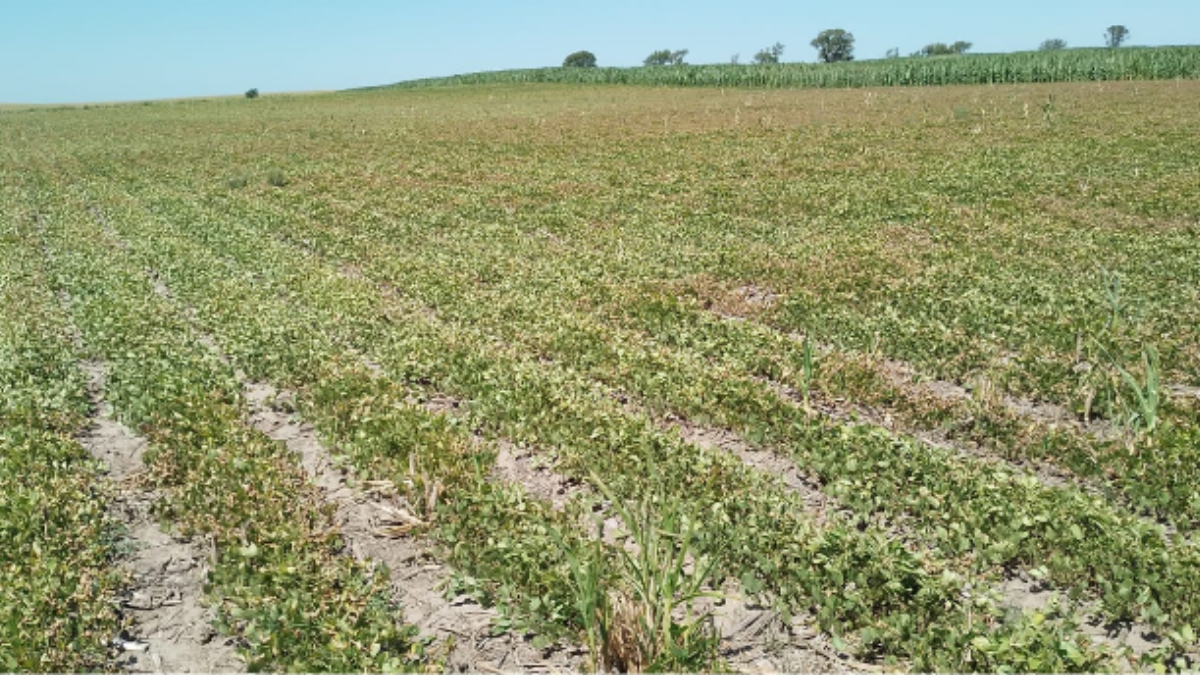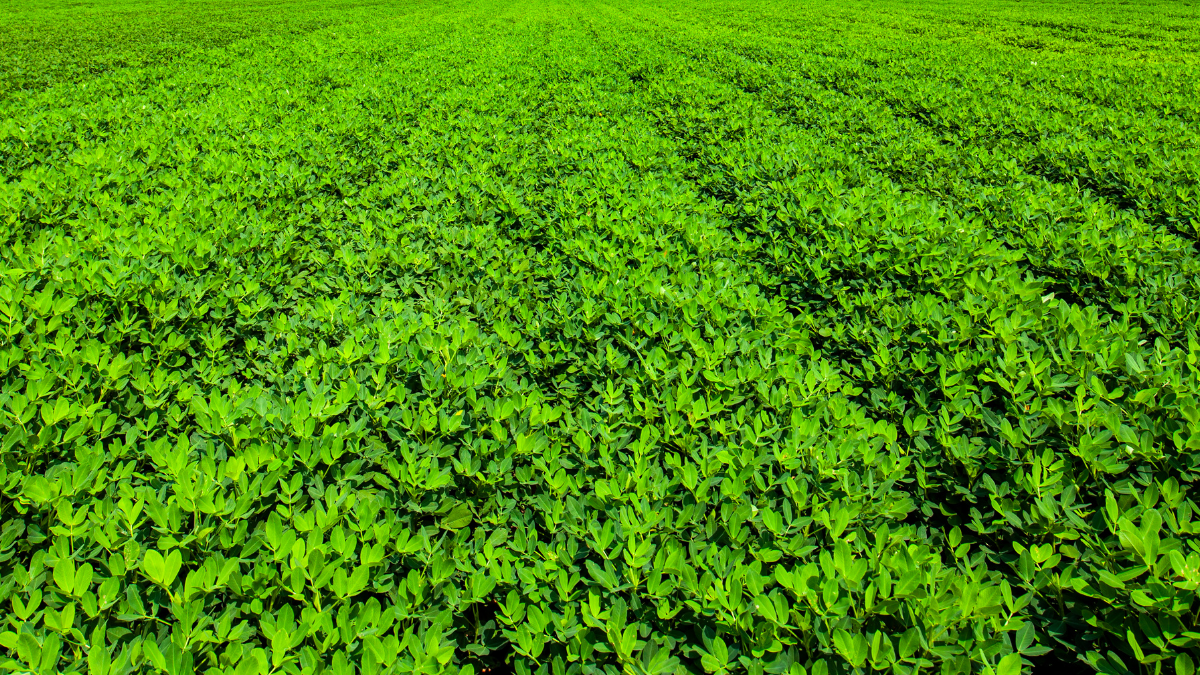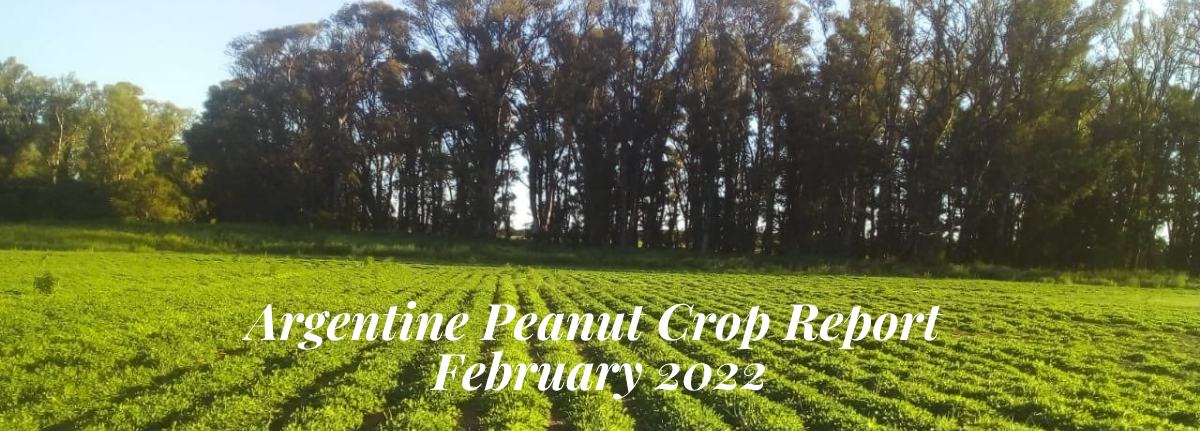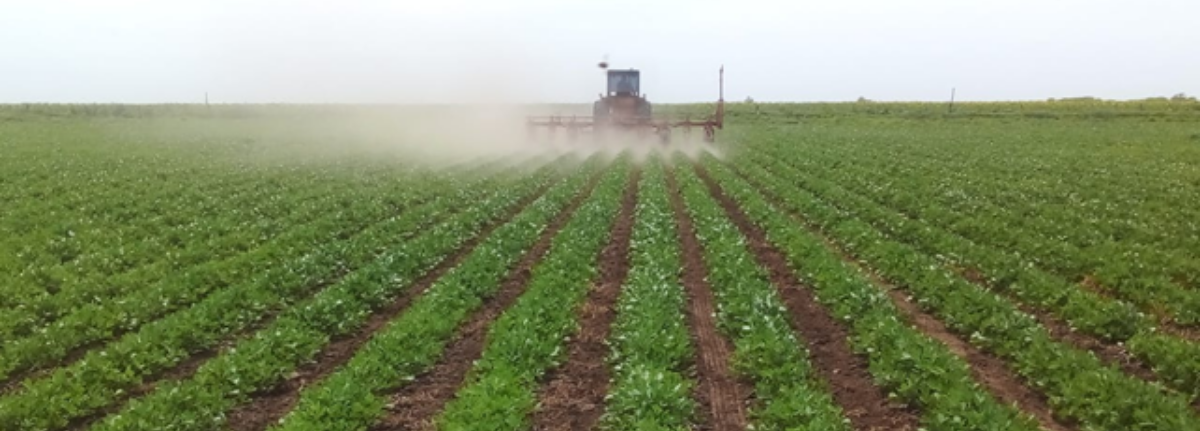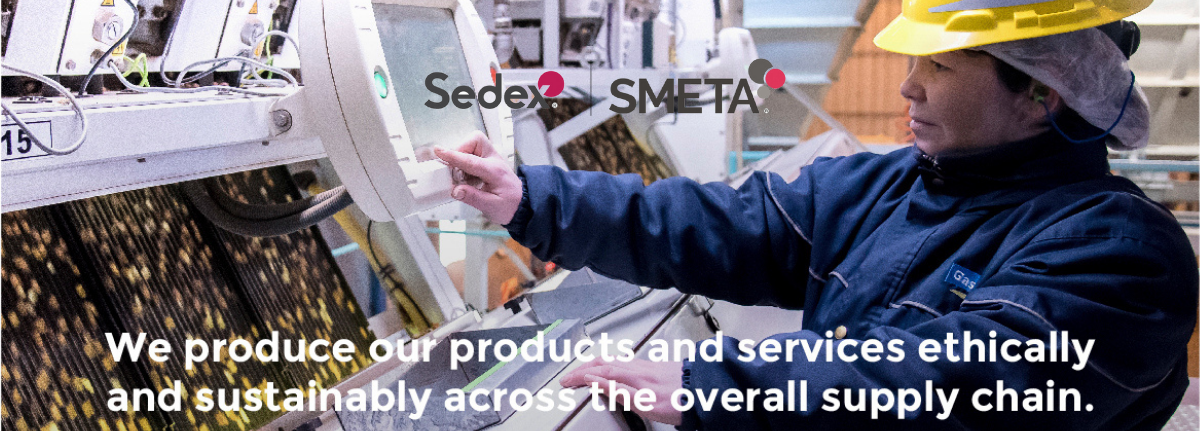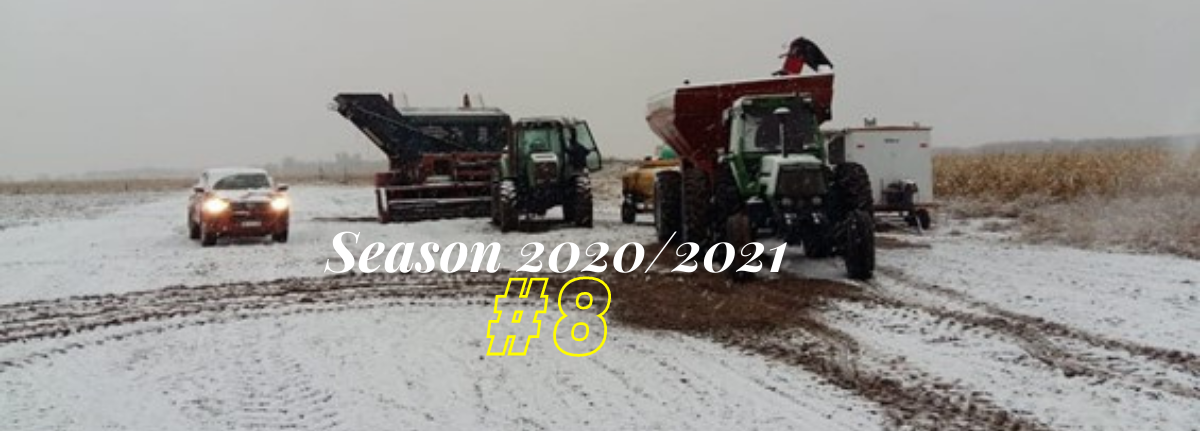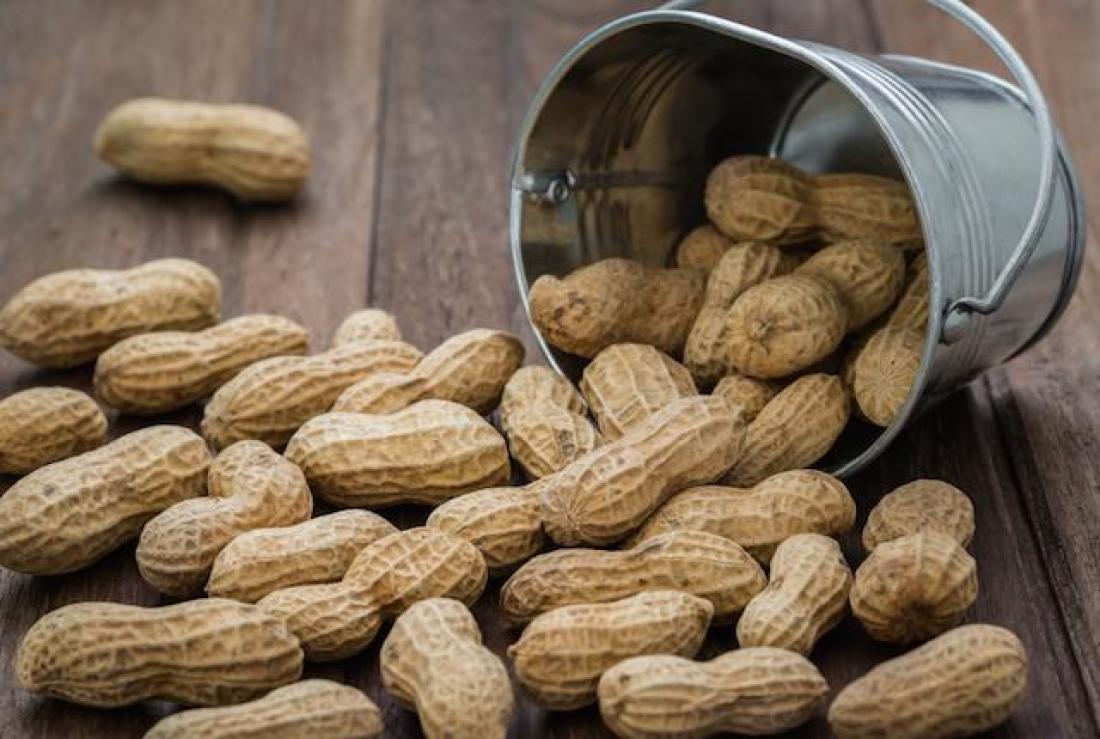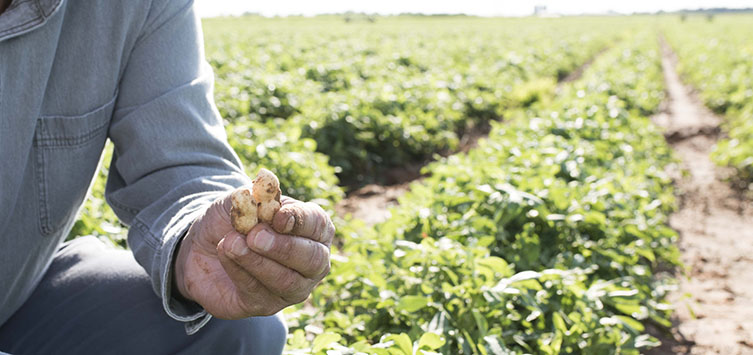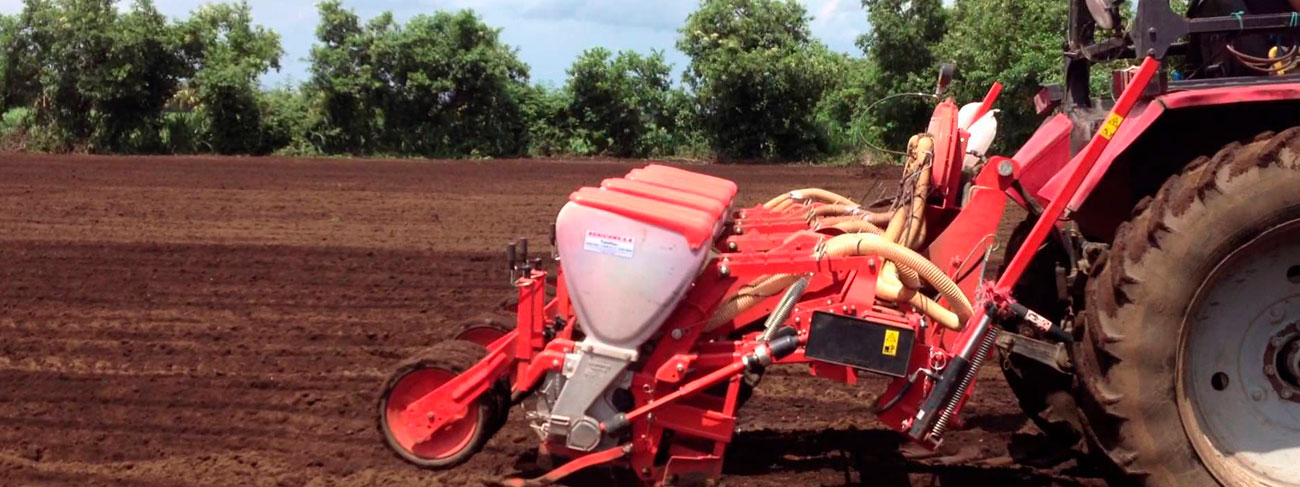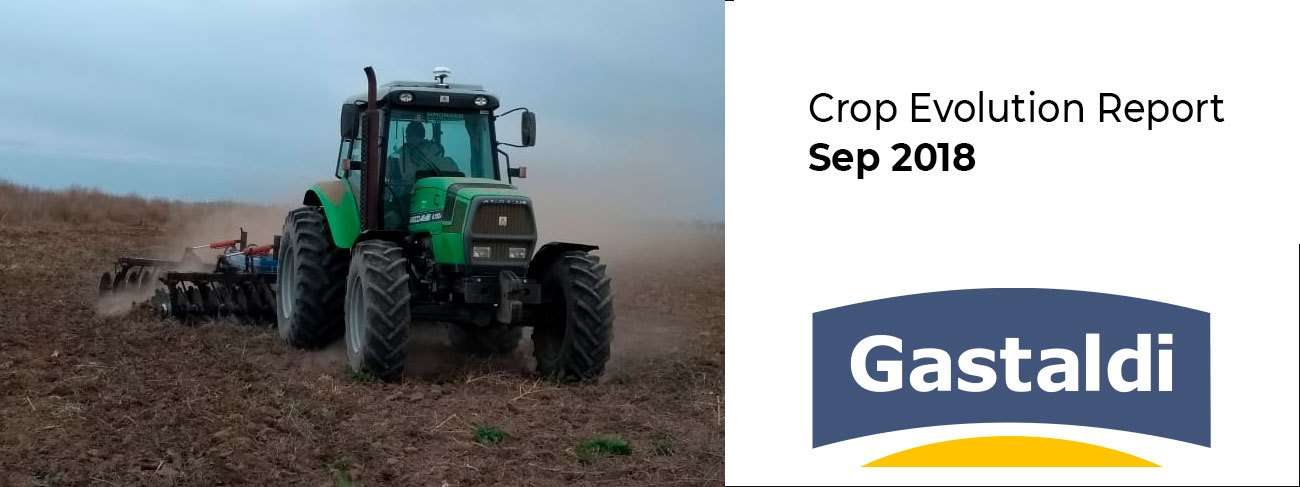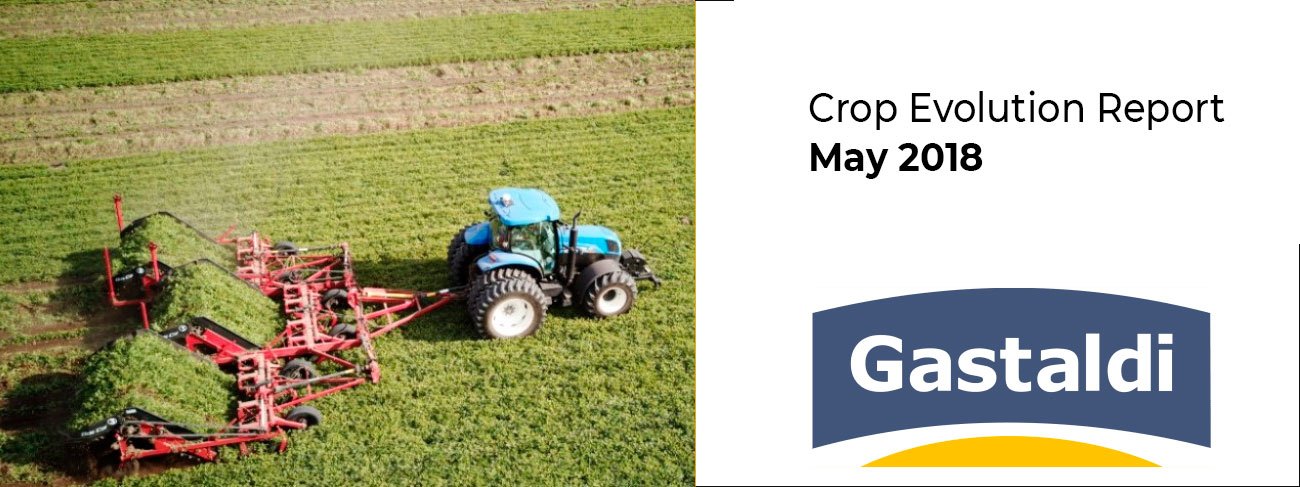
8th Final Crop Report As Of July 16
General Overview of the 8th Final Crop Report
The 22/23 crop was characterized by going through a very complex climatic scenario, where the drop in production was significant compared to previous crops.
Prior to planting, there had been a significant increase in rental prices, inputs and a lot of uncertainty in the country’s internal economy that led peanut producers to opt for alternative crops, thus producing a decrease in planting area.
The prolongation of the “Niña” phenomenon, which is occurring for the fourth consecutive season, brought devastating consequences for crops. Particularly in this season, the lack of rainfall was widespread at the national level and throughout the entire crop cycle, which, added to the extreme temperatures in the months of December 2022 and January 2023, conditioned the growth and development of the harvest in all productive areas.
Regarding peanuts, the northern zone of La Pampa and western Buenos Aires presented the same climate situation as the Córdoba zones, but with some productive advantages due to access to groundwater tables and superior soil quality.
At the end of October 2022, a strong frost was recorded in the southern area of Córdoba and La Pampa, causing losses of peanut plants that, in many cases, had to be replanted.
Subsequently, in February 2023, an unforeseen phenomenon occurred beyond all calculations: an early frost over the entire peanut area, generating, in some cases, irreversible losses. From that moment on, the condition of the crop worsened significantly, aggravated by the lack of moisture in the soil profiles.
The accumulated precipitations were below the averages of the last 5 crops. The absence of these, with depleted water reserves, rising maximum temperatures and an increase in the atmospheric demand for humidity, limited the growth of crops and the establishment of yield components, causing losses in yields in the farms.
The signs of stress in the crop ranged from stands of plants that were very uneven in size, patches of very affected plants, to finding them directly dead. A large part of the early planted lots did not close the planting lines, they were very uneven, fruiting with a low number of internodes, marked loss in the number of pods and small grains. Those lots planted late were able to overcome the lack of moisture since they received a few more precipitations and managed to recover, but they always remained with intense signs of stress. The latter managed to escape the high temperatures, but could not overcome the low temperatures in February which, together with the lack of rainfall and the low percentage of maturity of the grains, brought irreversible consequences for the crops. It would have been different if rains had occurred after the frost in February to recover the humidity profiles and thus the plants generate new possibilities for development and growth.
With a 100% harvest advance, a 35-38% reduction in shell yield is estimated compared to the previous year, reaching an average value of 2.5 tn/ha for the entire peanut-growing area, which includes the provinces of Córdoba (90%), La Pampa (7%) and Buenos Aires (3%).

In addition, peanut yields were highly variable depending on the geographical area being analyzed.
Fortunately, the final quality of the harvested peanuts is good, contrary to our expectations prior to the start of the harvest, and this is the case both in its physical quality and in the absence of aflatoxins (less than 1% of the total received at our plant has tested positive for aflatoxin).
Weather trend 23/24
What are the chances of an El Niño year?
According to the monitoring of the last months, the equatorial Pacific Ocean began to register temperatures above normal. This warming is necessary for a possible El Niño event to develop in the future. A combination or response between the warming of the ocean and the circulation of the atmosphere has not yet been observed.
On April 28, the National Meteorological Service issued the quarterly climate forecast for May-June-July which indicates, for rainfall, a probability of 40% greater than or equal to normal; while for the temperature it is expected a probability that it will be 45-50% higher than normal.
According to the dynamic and statistical models, on average, in the July-August-September 2023 (JAS) quarter, there is a 94% probability that the conditions are El Niño.

Final Appreciations
Argentina is going through the fourth consecutive campaign of the Niña event, this resulted in widespread production losses in all areas, impacting in one way or another on the economy in all the actors in the peanut chain.
The yields of this campaign fell below the average production line, the average yield was 2.53 tons/ha in shell, dry and clean, according to the latest information released by the Argentine Peanut Chamber, so we would be in the presence of a peanut production well below the historical average, and especially, of recent years.
Despite the fact that the yields were not as desired, the quality obtained is considered acceptable, since the presence of aflatoxin has not been practically detected, but the grain size was affected, which is smaller, as a result of the drought and the frosts of February.

The peanut harvest was completed in 100 % of the total planted area. On the other hand, the weather was favorable so that the progress of the harvest has been constant and without pauses.
Something that we did not mention previously was that, added to the extreme heat waves and frosts in February, during the last week of May (final stage of the peanut harvest) we suffered a storm of winds with gusts of more than 80/100 km/hour that scattered the uprooted rows of peanuts. This made it difficult to harvest the affected farms, causing an additional loss.
There is no doubt that it was the most difficult year for the Argentine peanut sector, in a long time if the historical production series is reviewed.
Although it is early, and despite the significant economic uncertainty that we are experiencing in Argentina as a consequence of a new crisis, we believe that the next peanut planting has a minimum expectation of maintaining the area, with the possibility of increasing it by a percentage that today we think is a maximum of 10%.
The rents to obtain land suitable for the cultivation of peanuts continue at very high prices (USD 1,200 / hectare), restrictions on imports of agrochemicals due to the crisis of lack of foreign currency that the Government has, generalized increases in costs as a consequence of high inflation and backward exchange rates, are some of the challenges that will have to be faced, but with a better weather forecast ahead, which we hope will allow Argentina to return to normal production volumes of origin.
